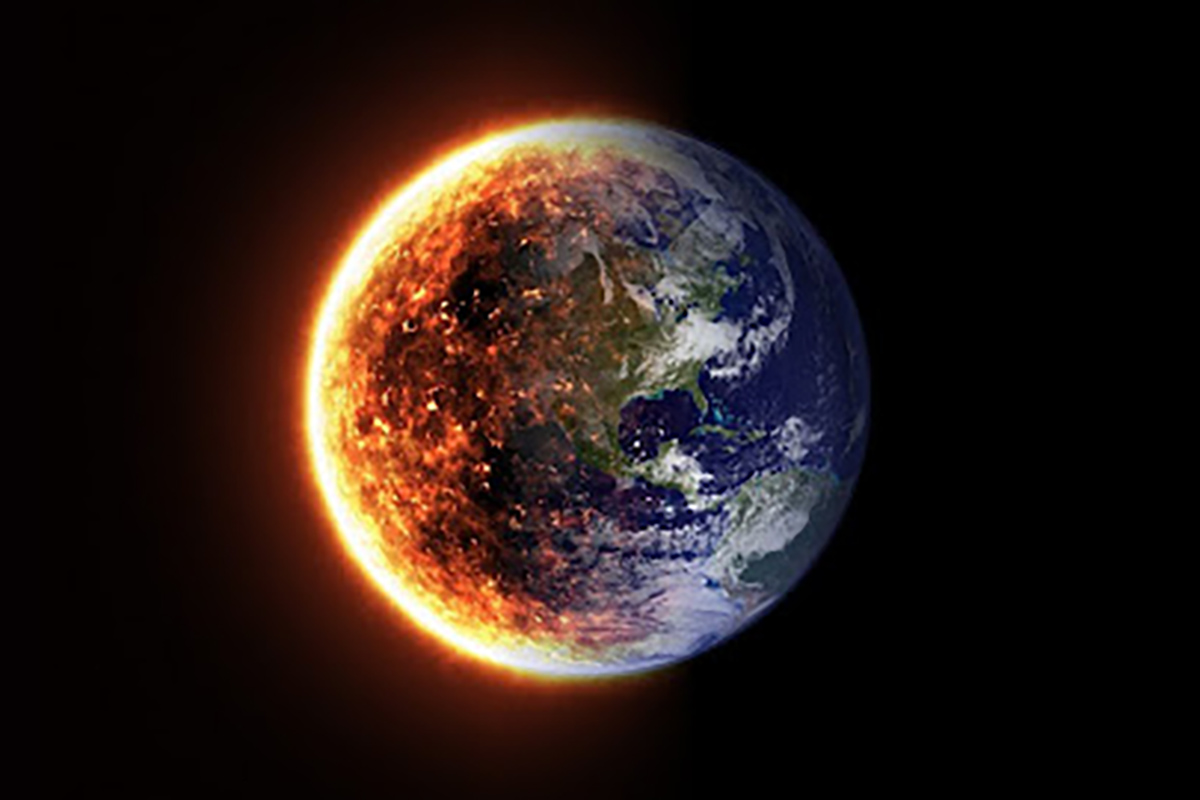Globalization and Sustainability: A Catch-22 Situation?
October 31by Adedoyin Ajayi
Through the use of similar technology, social media, liberalized trade, economic integration, and popular culture, cities have become increasingly alike. As cities become more globalized, they display global attributes rather than national ones.
Major cities like London, New York, Tokyo, Berlin, Paris, and Beijing are similar in the form of trade patterns and trade volumes, communication levels, technology usage and population figures relative to the other cities in their respective countries. They are commercial hubs in their respective countries. Globalization in diverse forms – technological, social, cultural, just to name a few has resulted in cities becoming more and more identical.
Cities, being epicenters of commerce, trade, and industry, are the greatest reflectors of globalization. The heightened movement of people, capital, ideas, policies, and cultures from country to country is most visible in cities. Globalization quickens availability of goods worldwide and hastens movement of capital. It has also created increased interconnectedness among cities, stimulated the world economy by liberalizing trade, and expanded GDP growth rate by opening up economies to wider markets. Globalization brings countries and economies closer. Economies experience a greater level of diffusion of ideas; thereby resulting in advancement across fields. Furthermore, globalization broadens market choices for consumers worldwide.
However, globalization is not without its demerits. It can broaden the inequality levels between the most developed and least developed parts of a country. Sadly, the effects of globalization are felt in a number of ways, and the environmental degradation is significant. Simply put, the environment suffers for a more globalized world. The collapse of Easter Island is a prime example of societal failure to acclimatize with changing circumstances.
In light of this, unfettered economic expansion and increased human activities should be met with a corresponding societal adjustment. A Harvard Review points to haulage of goods as an instance. Road haulage of goods leads to greater fuel consumption, which in turn creates more greenhouse gas emissions, culminating in ocean acidification and air pollution respectively. As trade increases, overexploitation of resources can occur, such as overfishing. As cities expand and become more industrialized, natural habitats for wildlife have reduced due to deforestation. From the foregoing, it requires a conscious effort to ensure that environmental integrity is not sacrificed in the quest of globalization and economic prosperity. Certainly, unchecked globalization without any thought on how it might affect the environment is a surefire way to calamity.
The concern surrounding human activities and environmental protection is not a new concept. In 1955, Nobel Laureate, Simon Kuznets, propounded the Environmental Kuznets Curve (EKC) to describe the trade-off between economic growth and environmental degradation. It remains to be seen whether both goals can be attained together or if they are mutually exclusive. Pressure is on economies around the world to “go green,” that is, replacing current production practices with superior technology to develop goods that are termed “green,” that is, environmentally friendly.
Products like electric cars are termed “green” because they are viewed as being environment-friendly in their production, consumption, and disposal. The pace at which green growth develops varies across countries and regions. More developed countries (MDCs), to a larger extent, can boast of healthier production techniques, waste disposal and recycling initiatives over less developed countries (LDCs), many of whom are still heavily reliant on fossil fuels.
Cities consume the greatest level of resources. They utilize the greatest levels of labour, capital, and finance. Consequently, they produce the highest waste levels. Additionally, they have larger populations than towns. This makes them key players in the globalization-sustainability nexus. Just as cities are the largest beneficiaries of the gains emanating from globalization, so are they the biggest perpetrators of the harm that accrues to the environment. It is a two-way street, a double-edged sword.
Conclusively, in the quest of globalization, environmental concerns should be paramount. The unfortunate example of Easter Island serves as a reminder that destruction of the environment translates to destruction of our very existence, given that we live, thrive, and flourish on earth’s numerous resources. It is our duty to leave a flourishing environment for future generations, given this constitutes the very heart of sustainable development.
Additional reference:
William E. Rees (2002). Globalization and Sustainability: Conflict or Convergence? BULLETIN OF SCIENCE, TECHNOLOGY & SOCIETY, pp. 249 – 268.






